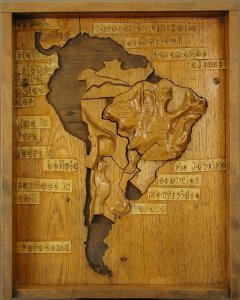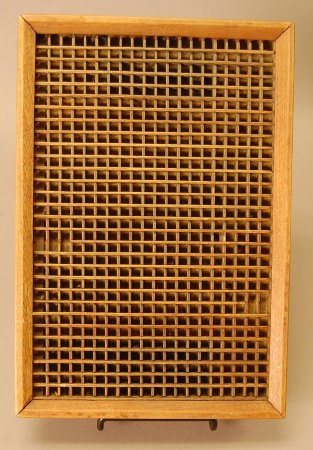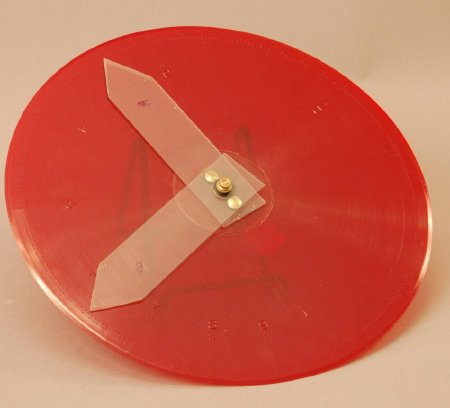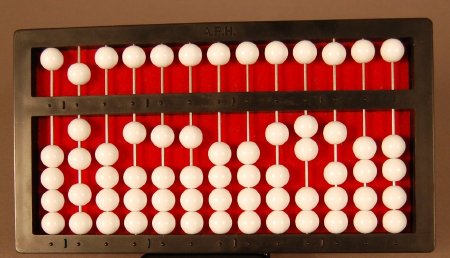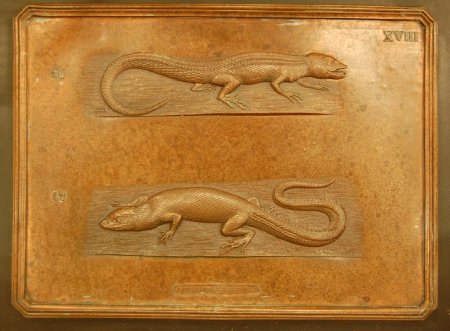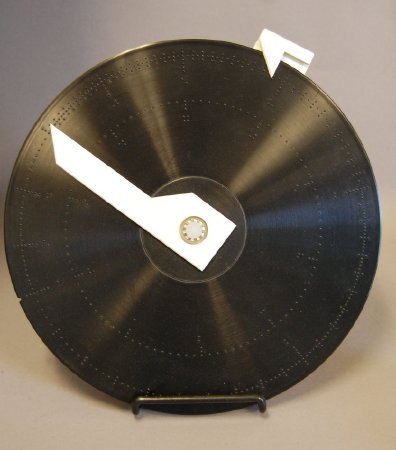The challenge of learning subjects beyond reading and writing lies in the differences between receiving information with the eyes and with the fingertips. The eye moves immediately across the whole image; the finger perceives objects from the part to the whole. Educators in early schools for the blind actively sought "tactual" or "tangible" apparatus to fill gaps in the curriculum. Early tactile maps were constructed by teachers themselves. APH began making hand carved wooden relief maps in the 1870s. Later maps and globes were cast in plastic. Other subjects like math and science followed a similar model: teachers experimenting with introductory tools, and manufacturers adapting designs for mass production. In the 1950s, APH created a department to research and develop a broad line of educational aids for early childhood, low vision, math, music, science, social studies, and other subjects,
